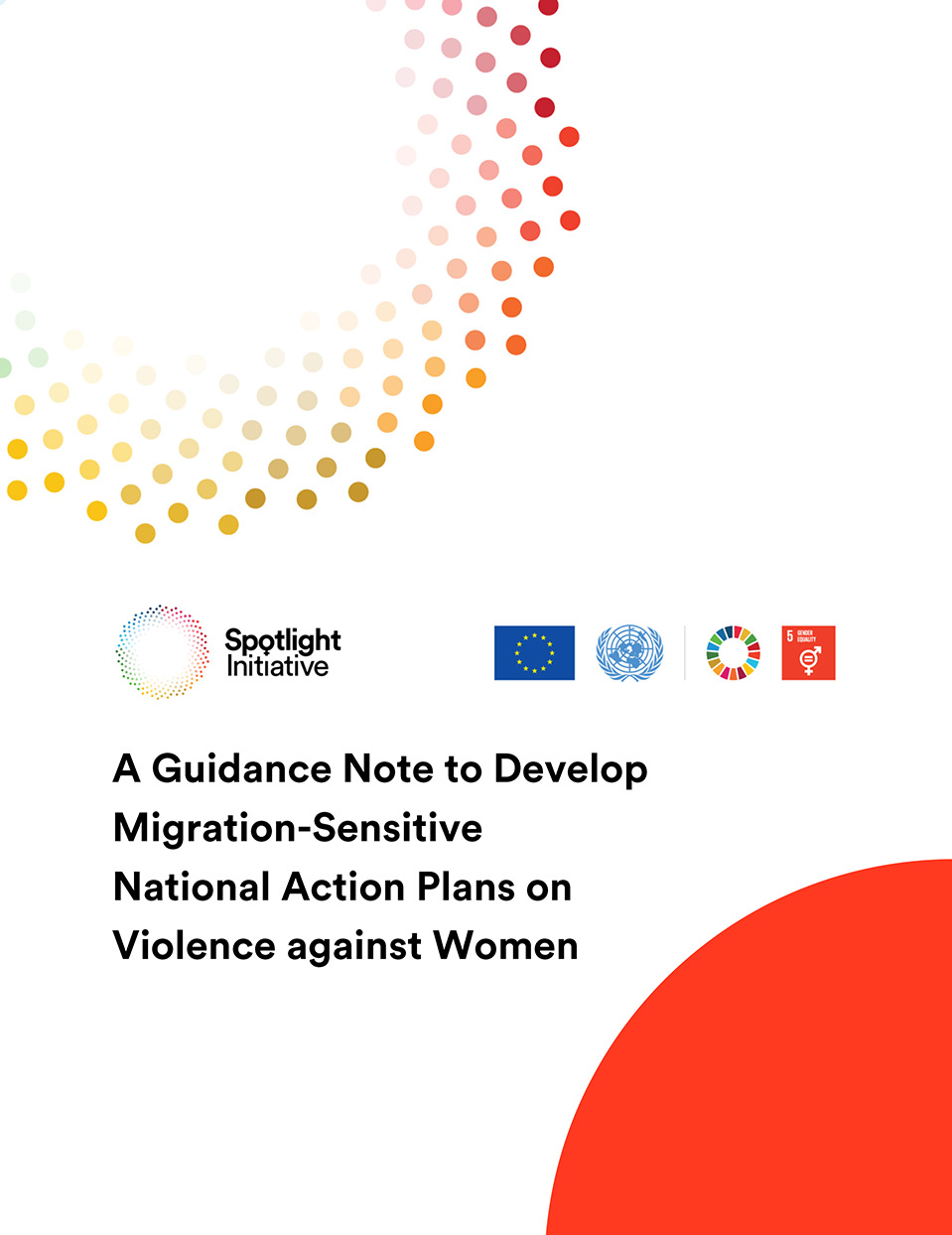
A Guidance Note to Develop Migrant-Sensitive National Action Plans on Violence against Women

Women constitute approximately half the people who live and work outside their country of origin. Women migrant workers are making substantial social and economic contributions to their communities and countries of origin and destination and can significantly increase their agency through the decision to migrate. Women’s experiences when migrating demonstrate that women are at increased risk of multiple forms of discrimination, violence and harassment based on race, ethnicity, nationality, age, migration status or other sex- or gender-associated characteristics. Perpetrators can be employers, community members, state actors, work colleagues, clients or patients, smugglers, traffickers, intimate partners or others. Gender discrimination and the weaker position of many women in most societies are often the root cause of women migrant workers’ greater risk for violence and harassment, exploitation and trafficking at all stages of the migration process.
This technical resource builds on the recommendations and guidance in the Handbook and provides specific guidance to ensure the concerns and interests of women migrant workers are incorporated into National Action Plans on Ending Violence Against Women. It is noted that all of the recommendations in the Handbook for National Action Plans on Violence Against Women apply; this document serves only to focus on women migrant workers’ rights and needs. As such, in each section, considerations for addressing women migrant workers’ needs in national action planning are described. The recommendations in each section are also aligned with the Essential Services Package for Women and Girls Subject to Violence and the 16 Essentials for Quality Multisectoral Service Provision to Women Migrant Workers Subject to Violence.